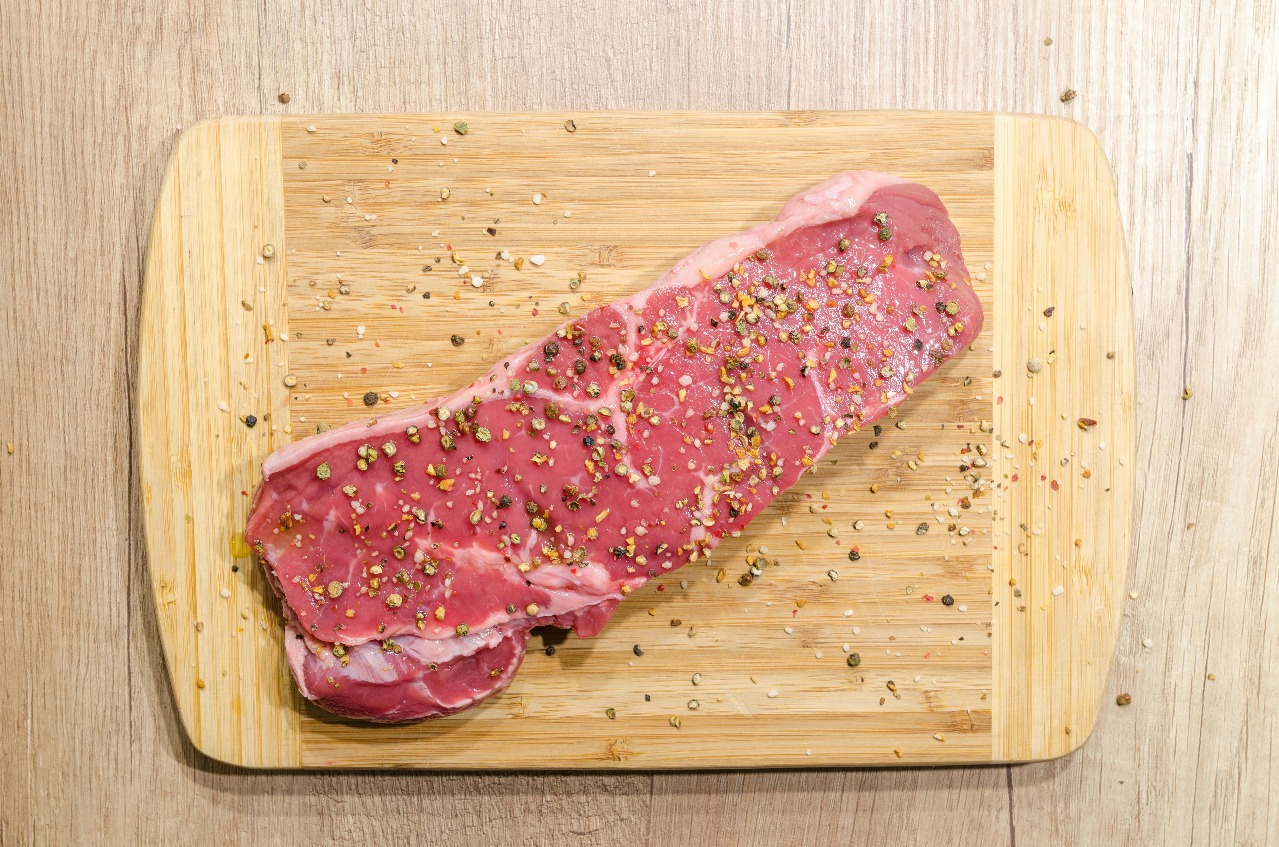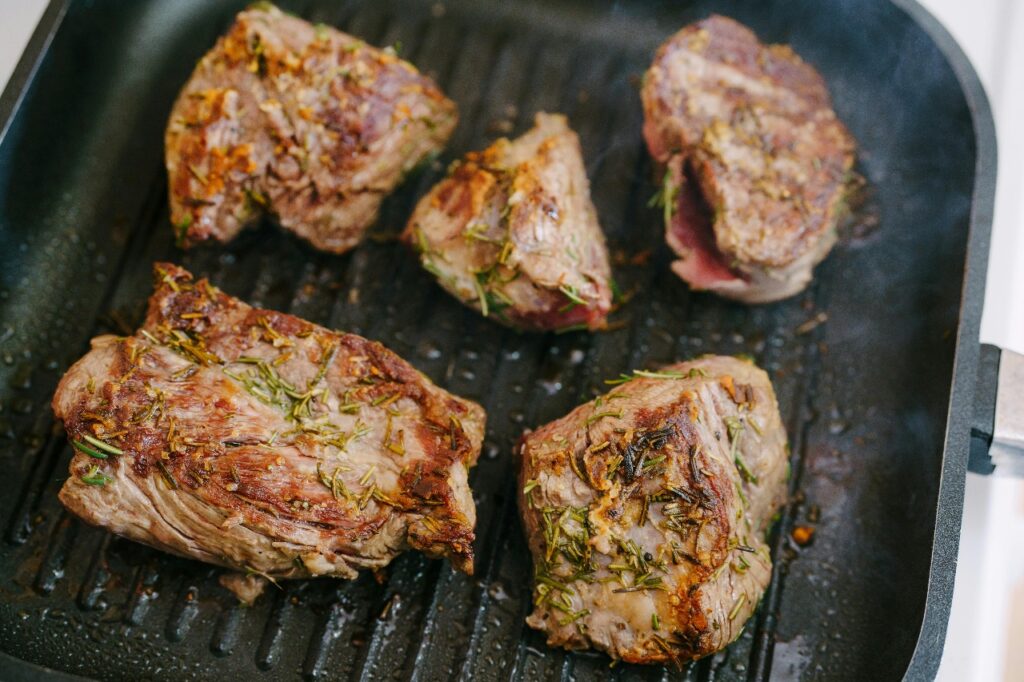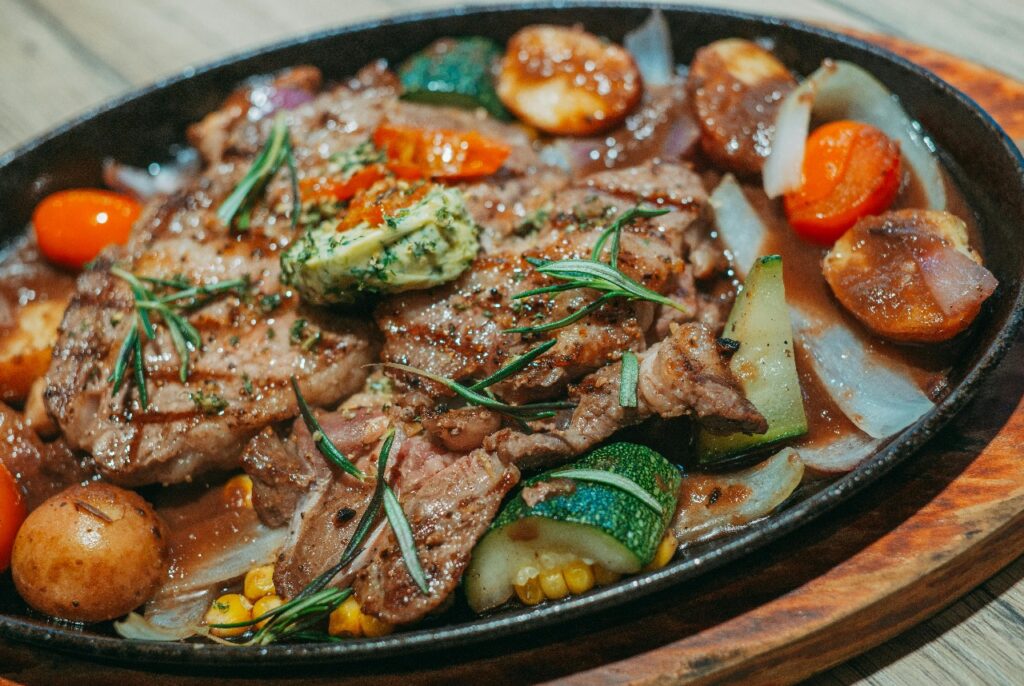- LIFE
Delicious Pressure Cooker Recipes for Every Meal


Cooking a steak to perfection is both an art and a science, one that involves understanding the nuances of meat, mastering the right techniques, and employing the proper tools. For home cooks eager to achieve a restaurant-quality steak, the journey can be as rewarding as the result. Whether you’re aiming for a juicy medium-rare or a well-done masterpiece, this guide will walk you through the essential steps to cook the perfect steak every time.
To cook a steak that impresses every time, it’s crucial to adhere to a few fail-proof techniques. These methods ensure that your steak is not only cooked to the right degree of doneness but also boasts a beautifully seared crust and succulent interior.
The foundation of a perfect steak begins with selecting the right cut. New York Strip and Ribeye are two popular choices, each with unique characteristics.
Known for its rich beefy flavor and firm texture, the New York Strip is a favorite for those who enjoy a leaner cut with a bit of marbling. It’s ideal for those who prefer a steak that’s less fatty but still flavorful.
The Ribeye is celebrated for its marbling, which renders beautifully during cooking, offering a juicy and tender bite with a robust flavor. This cut is perfect for those who enjoy a richer, more indulgent steak experience.
Having the right equipment can make all the difference in achieving the perfect steak. Here’s what you’ll need:
One of the secrets to a perfect steak is high heat cooking. This method ensures a deliciously caramelized crust while keeping the inside tender and juicy.
A meat thermometer is an invaluable tool for home cooks aiming for precision. It helps in achieving the desired doneness without guesswork.
Insert the thermometer into the thickest part of the steak. For rare, aim for 120°F; for medium-rare, 130°F; for medium, 140°F; and for well-done, 160°F.

Pan-searing is a straightforward method to cook steak, allowing for a flavorful crust and a tender interior. Here’s a step-by-step guide:
Sous vide is a method that involves vacuum-sealing the steak and cooking it to a precise temperature in a water bath, ensuring even cooking throughout.

Enhancing your steak with garlic butter adds a rich, savory flavor that complements the natural taste of the beef.
Mix all ingredients together and melt over the steak during the final minute of cooking for a burst of flavor.
Even seasoned cooks can make mistakes when cooking steak. Here are common pitfalls and how to avoid them:
Cooking steak efficiently is about timing. Ensure all ingredients and tools are prepared in advance. This approach reduces stress and enhances precision in the cooking process.
A well-cooked steak deserves an equally delightful accompaniment. Consider pairing your steak with:
Proper storage and reheating can preserve the quality of leftover steak. Store leftovers in an airtight container in the refrigerator for up to three days.
Experimenting with marinades and seasonings can transform your steak dish. Consider these variations:
Mastering the art of cooking steak is a rewarding endeavor that combines technique, patience, and a willingness to experiment. By choosing the right cut, utilizing essential tools, and following precise methods, you can create a steak that is as delectable as it is impressive. Embrace the process, savor the journey, and enjoy the delicious results of your culinary efforts.